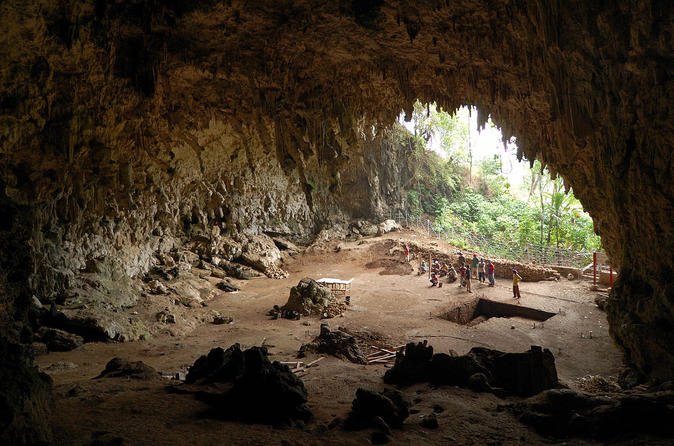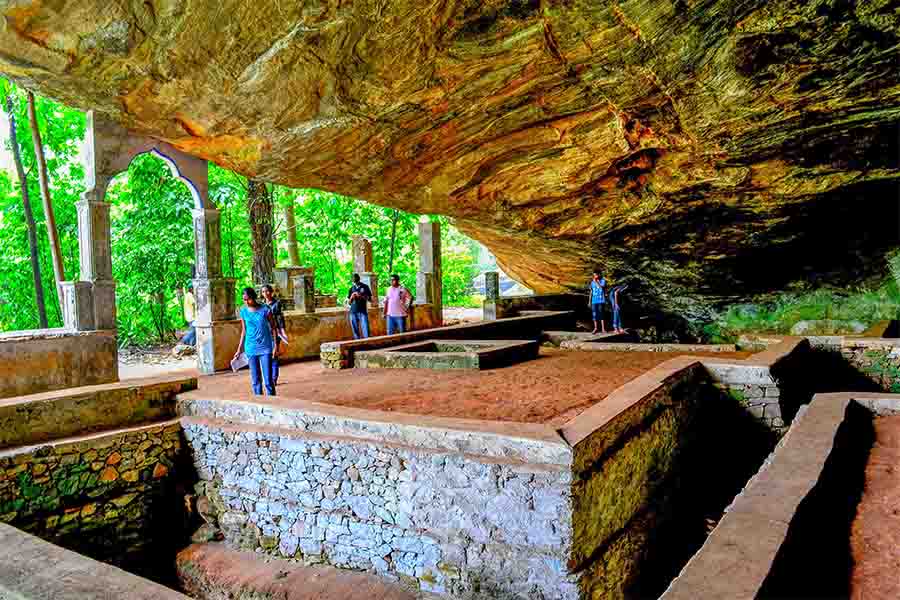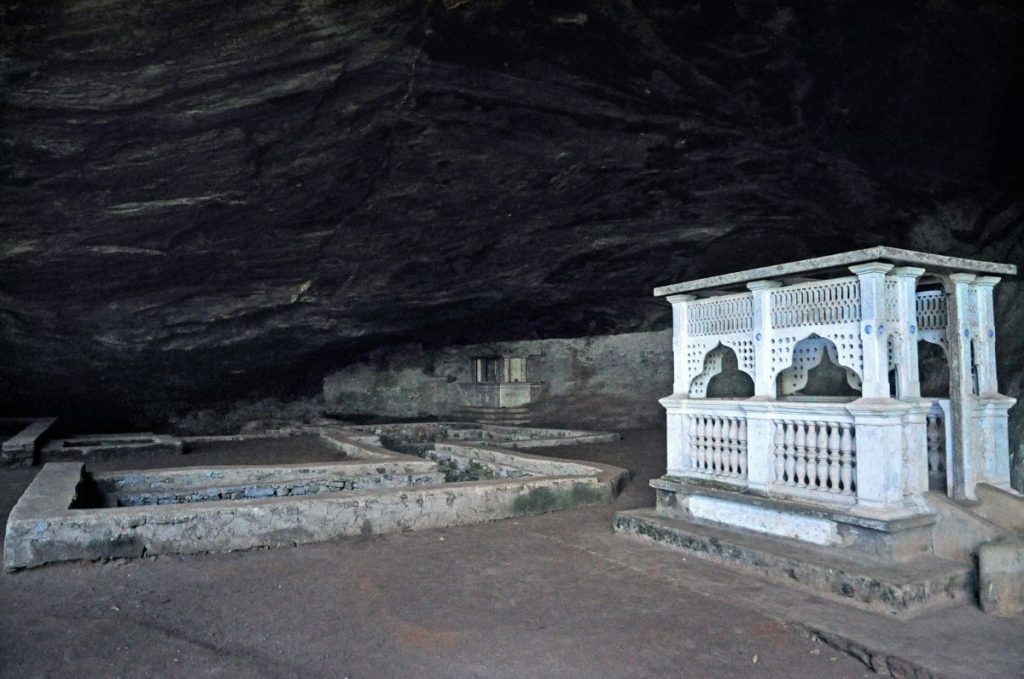Nestled amidst the lush greenery of Sri Lanka, Belilena Cave stands as a silent witness to the ancient footsteps of humanity. Located just 8 kilometers from the town of Kitulgala, this cavernous marvel has unveiled a trove of archaeological treasures, offering a glimpse into the lives of our prehistoric ancestors.
Dating back as far as 32,000 years ago, Belilena Cave boasts evidence of early human habitation, providing valuable insights into the dawn of civilization on the island. Discovered by Paul E. P. Deraniyagala, the cave revealed skeletal remains attributed to Balangoda Man, Homo sapiens balangodensis, suggesting a sophisticated society thriving in Sri Lanka’s high-altitude territories.
The exploration of Belilena Cave has been both challenging and rewarding. To venture beyond the lake that fills the cave a short distance from its entrance, visitors must navigate ropes or rope ladders, adding an element of adventure to the archaeological journey.
From 1978 to 1983, the Archaeological Department of Sri Lanka undertook systematic excavations at the site, unearthing a treasure trove of cultural, faunal, and human remains. Radiometric dating confirmed cultural deposits spanning from 30,000 to 9,000 years before present, shedding light on the lifestyles and practices of ancient inhabitants.
Among the artifacts discovered were bone tools, evidence of fire usage, and geometric microlithic stone tools, some dating back an astonishing 30,000 years. These findings challenge conventional timelines of human technological advancement, showcasing the ingenuity and adaptability of early societies.
The faunal remains found within Belilena Cave provide valuable insights into prehistoric diets and ecosystems. Species such as Sambar deer, Wild boar, and Indian muntjac were among the game animals hunted by Balangoda Man, supplemented by a diverse array of small mammals, reptiles, and fish. Edible plants like wild breadfruit and the Kekuna nut were also integral to their sustenance.
One of the most intriguing discoveries was evidence of a sophisticated trade network dating back 30,000 years, linking inland settlements with coastal lagoons located 80 kilometers away. Additionally, rubble foundations dating to 16,000 years before present represent the earliest evidence of substantial structures in South Asia, highlighting the architectural prowess of ancient Sri Lankans.
The skeletal fossils unearthed from 16,000-year-old sediments have been subject to intensive analysis by international teams of anthropologists, enriching our understanding of the physical anthropology of Balangoda Man. These findings contribute to a broader understanding of human evolution and migration patterns in the region.
Belilena Cave holds a sacred place in Sri Lanka’s cultural heritage, symbolizing the resilience and ingenuity of its early inhabitants. Designated as an Archaeological Reserve under the Antiquities Ordinance, the site serves as a beacon of exploration for future generations of archaeologists, promising to unveil even more secrets with advanced technologies and methods.
As we delve deeper into the depths of Belilena Cave, we are reminded of the intricate tapestry of human history woven across millennia, echoing whispers of our ancient past and illuminating the path towards a deeper understanding of our shared origins.








